Kedarkantha trek is one of the most sought-after Himalayan trekking adventures in India, captivating both beginners and seasoned hikers with its scenic beauty, moderate difficulty, and unforgettable summit experience. Located in Uttarkashi district of Uttarakhand, the Kedarkantha trek starts from the charming village of Sankri and takes trekkers through snow-draped pine forests, lush meadows, and serene campsites like Juda Ka Talab before culminating at the majestic Kedarkantha Summit, which stands tall at approximately 12,500 feet.
Kedarkantha Trek: A Himalayan Classic
Kedarkantha trek is renowned for its mesmerizing winter landscapes that turn the trail into a white wonderland between December and April, offering some of the finest snow-trekking experiences in the Indian Himalayas. The route covers around 20 km (round trip), making it ideal for five to six days of adventure and exploration.
Best Time for Kedarkantha Trek
The trek is accessible year-round except during monsoon months. However, the best time is the winter season (December to April) for those seeking heavy snowfall and magical snowscapes. Spring months (March and April) offer a blend of snow along the upper trails and blooming rhododendrons at lower altitudes.
Why Choose Kedarkantha Trek?
Beginner-friendly: The well-marked, moderate trail is perfect for first-time trekkers.
Spectacular scenery: Enjoy forests, meadows, frozen lakes, and panoramic mountain views, including peaks like Swargarohini, Bandarpoonch, and the Black Peak.
Rich experiences: Camp under starlit skies, experience simple village life in Sankri, and spot unique flora and fauna inside Govind Wildlife Sanctuary.
Essential Tips for Kedarkantha Trek
Prepare physically by regular jogging, stair climbing, and backpack walks.
Carry appropriate gear: snow boots, warm jackets, and trekking poles for winter treks.
Respect local customs and wildlife within the sanctuary.
Book with reputable trek operators for safety and support.
Routes and Highlights
The most popular route for Kedarkantha trek starts from Sankri village, with the trail passing through iconic campsites like Juda Ka Talab, Kedarkantha Base Camp, and finally the summit at 12,500 feet. Alternative routes from Kotgaon and Gaichwan allow trekkers to customize their experience, but the Sankri route is favored for its gradual ascent and breathtaking views. Along the way, trekkers encounter enchanting forests of pine, deodar, and rhododendron, and camp by frozen lakes for a unique Himalayan experience.
Natural Attractions
Kedarkantha trek offers stunning glimpses of Himalayan giants such as Swargarohini, Bandarpunch, Black Peak (Kala Naag), and the Gangotri and Yamunotri ranges. The summit climb, often completed just before sunrise, rewards trekkers with 360-degree views and an overwhelming sense of achievement. The trek also provides rich encounters with local Uttarakhandi culture in villages like Sankri, making it rewarding for cultural explorers.
Flora, Fauna, and Photography
The trek route passes through diverse landscapes, transitioning from dense woods to open alpine meadows. In winter, the surroundings transform into a snow wonderland, while in spring and early summer, wildflowers and rhododendrons are in full bloom. Wildlife enthusiasts can spot Himalayan birds and, on rare occasions, animals like musk deer and Himalayan Monal—the state bird of Uttarakhand.
Physical Preparation and Safety
While Kedarkantha trek is beginner-friendly, proper physical fitness is essential due to steep ascents, particularly on the summit day. Trekkers should prepare with regular cardio, strength, and endurance workouts before arrival. It’s crucial to acclimatize slowly to mitigate risks of altitude sickness and to follow professional guides’ safety advice.
Season and Weather
Winter (December to April): Thick snow blankets the trail, creating ideal conditions for a true Himalayan snow trek. Temperatures can drop to -10°C at night, demanding appropriate layered clothing and gear.
Spring (March to April): Pleasant weather, melting snow, and blooming flowers create a vibrant landscape for trekkers who prefer milder conditions.
Summer (May–June): Clear trails, blue skies, and lesser crowds make it perfect for solitude and photography, though snow might only be found at the highest altitudes.
Autumn (October–November): Crisp air, stable weather, and colorful foliage make autumn another excellent time for the trek.
Monsoons (July–September) are not recommended due to risks of landslides and slippery trails.
Essential Packing List
Waterproof trekking shoes
Warm jackets and thermal layers
Sleeping bag and trekking pole
Headlamp/torch, backpack, water bottle
First aid kit, sunscreen, personal medications
Booking and Permits
Trekkers must register with local authorities, and a certified guide is mandatory for all groups. Many operators offer all-inclusive packages that cover transport from Dehradun, meals, camping stays, permits, and medical support, ensuring a safe and seamless adventure.
Kedarkantha trek continues to attract outdoor enthusiasts across India for its enchanting landscapes, rewarding summit, and approachable trails. Perfectly suited for those seeking a taste of Himalayan trekking with a mix of nature, culture, and challenge, this trek remains a favorite in all “best winter treks in India,” “easy Himalayan treks,” and “snow treks in Uttarakhand”.
Kedarkantha trek continues to be one of the most SEO-friendly, search engine-loved trekking topics due to its accessibility, photogenic trails, and positive reviews from the hiking community. Secure your spot on this Himalayan classic and collect memories that last a lifetime!
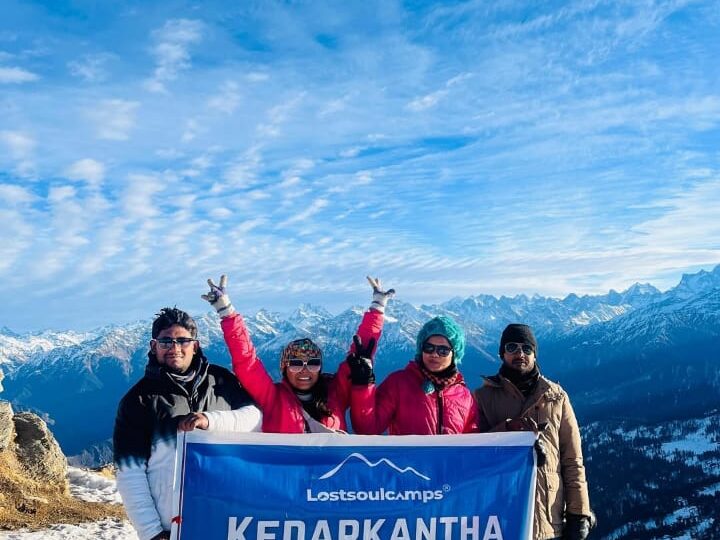
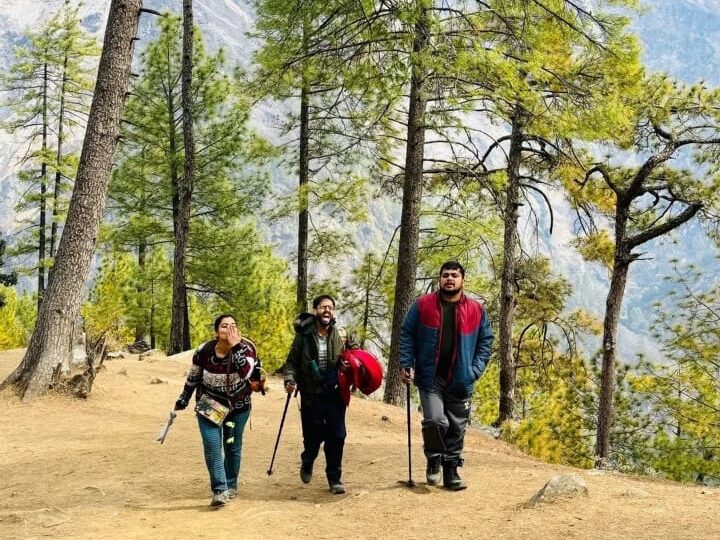
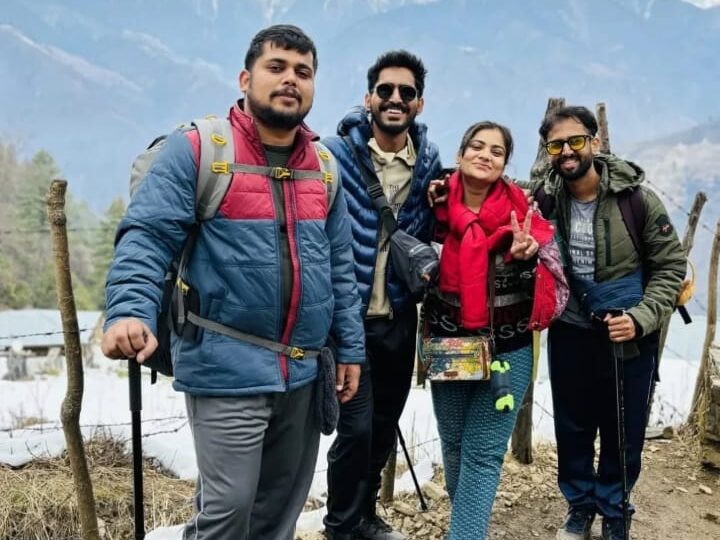
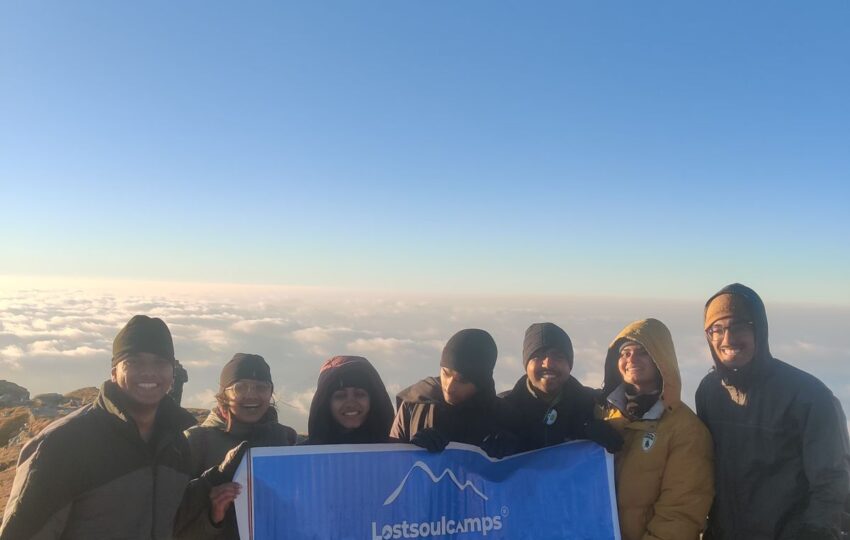
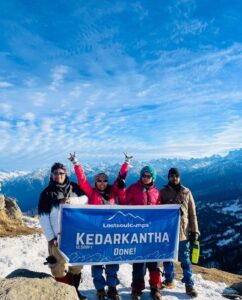
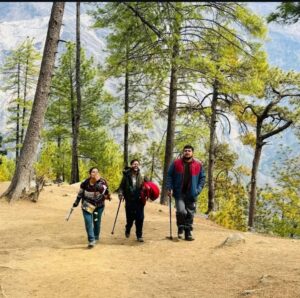
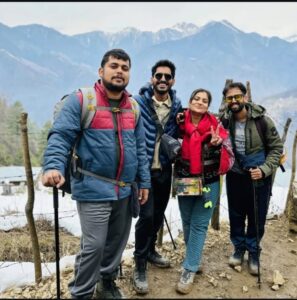
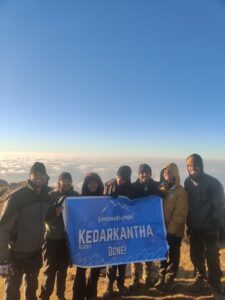


1 Comment
5
Great experience 🙌✨